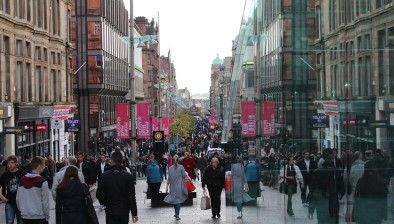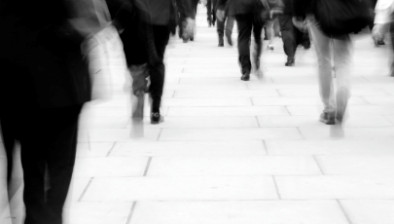Scotland’s population increases for eighth year running
 Scotland’s population has continued to increase for the eighth year in a row to stand at a record high of 5.42 million.
Scotland’s population has continued to increase for the eighth year in a row to stand at a record high of 5.42 million.
Statistics published by the National Records of Scotland (NRS) figures relate to Scotland’s population as at 30 June 2017 and show the population continuing to age, with just under one in five people (19%) aged 65 and over, compared to 16% in 2007.
Positive net migration is the reason Scotland’s population increased, with 23,900 more people coming to Scotland than leaving (from both overseas and the rest of the UK) over the year to mid-2017. In contrast, natural change (births minus deaths) has not contributed to Scotland’s population growth. Across Scotland, there were 3,800 more deaths than births in the year to mid-2017.
 Although Scotland’s population increased by 0.4% over the year, the growth rate has slowed compared to previous years. This is due to a reduction in overall net migration (down from 31,700 people in the year to mid-2016), and an increase in the number of deaths. Nevertheless, Scotland’s latest population growth remains in line with the normal ranges we have seen over the past decade, where annual growth varied between 0.3% to 0.7%.
Although Scotland’s population increased by 0.4% over the year, the growth rate has slowed compared to previous years. This is due to a reduction in overall net migration (down from 31,700 people in the year to mid-2016), and an increase in the number of deaths. Nevertheless, Scotland’s latest population growth remains in line with the normal ranges we have seen over the past decade, where annual growth varied between 0.3% to 0.7%.
Tim Ellis, the Registrar General for Scotland, said: “Migration continues to be main driver of Scotland’s population growth, but in the year following the EU referendum fewer people arrived from overseas than in the previous year. Overall net migration, from both overseas and the rest of the UK, remained positive with more people coming to Scotland than leaving.
“The growth in Scotland’s population varies across the country – around two thirds of Scotland’s councils (21 councils) increased in population over the last year, compared to a third (11 councils) which experienced population decline.”









